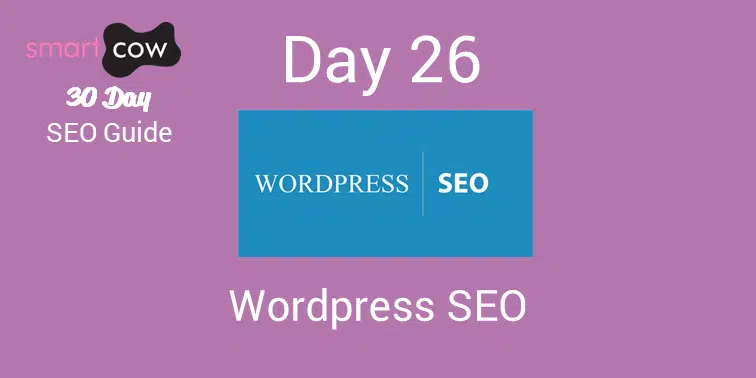Although WordPress isn’t a tool we commonly use for building websites, we feel that a lot of its users would benefit from understanding how to effectively optimise their websites for SEO.
A quick overview
• Permalinks – WordPress’ tool for customising blog links
• Meta descriptions – the description of your website/post that appears in the search engine results page
• Optimise your images – allow search engines to index your images
• Keywords – These are select words or phrases that describe what the page/post is about
• Use heading – the correct heading structure will greatly improve your SEO
How to use permalinks to optimise your WordPress website
WordPress allows you to set your links however you want them to look. You can do this by going to the administrative area in WordPress and then go to Settings –> Permalinks. On this page you can choose from several predefined options or use a custom structure for your links.
How to optimise your meta descriptions
Your meta descriptions should always contain relevant information to the page/post you’re describing. The search engines will use this as a factor in ranking you depending on how relevant the description is to the information in the post. So, if your page is about website design, don’t write a meta description about the football results. Also, include relevant keywords in your meta description.
How to optimise your images
It is very important to have the title and alt tags specified for every image you use across your entire website. By doing this, the search engine knows what the image is supposed to be. You should use a description with keywords if possible, but if not don’t worry.
How to use headings in WordPress
You should only use the <h1> tag for titles in your site, any sub headings should use <h2> and the rest of your heading should use <h3>. This allows the search engines to understand what the important information on the site is. You should never have a page that uses only <h2> or <h3> tags.
